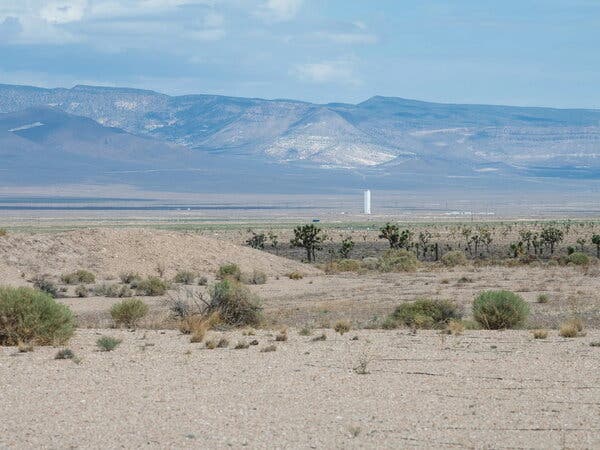President Donald Trump has threatened to restart the testing of nuclear weapons, raising significant concerns regarding national and global security. This declaration comes in the context of the United States’ extensive nuclear arsenal, which is estimated to cost tens of billions of dollars annually. The implications of resuming nuclear tests could be profound, affecting international relations and nuclear non-proliferation efforts.
Current State of the U.S. Nuclear Arsenal
The United States currently possesses approximately 3,700 nuclear warheads, with around 1,700 deployed, according to the Federation of American Scientists. The nation’s nuclear weapons can be delivered via various platforms, including bombers like the B-2 and B-52, land-based missile silos, and submarine-launched systems. Contrary to Trump’s assertion, Russia holds the largest nuclear stockpile globally, with the U.S. undergoing a significant modernization program to enhance its capabilities. This program, estimated to cost $1.7 trillion over three decades, aims to replace existing warheads with updated versions and improve delivery systems.
Testing and Maintenance of Nuclear Weapons
The United States has not conducted an underground nuclear test since September 23, 1992, when a small device was detonated at the Nevada Test Site. This test marked the end of a voluntary halt in explosive testing, a commitment made by the U.S. to promote global nuclear stability. The Comprehensive Nuclear-Test-Ban Treaty, although not yet in force, established a global norm against nuclear testing, leading to a period of reduced tensions among nuclear powers.
Currently, the U.S. maintains its nuclear arsenal through a program called stockpile stewardship, which allocates about $25 billion annually for the upkeep of these weapons. This program employs advanced technologies, including supercomputers and sophisticated laser systems, to ensure the reliability of warheads without the need for explosive tests. Facilities like the Los Alamos National Laboratory in New Mexico, which has expanded its workforce by 50 percent since 2018, play a crucial role in this effort.
While the infrastructure for testing has deteriorated over the years, a 2013 report from the Department of Energy suggested that a limited test could be conducted within six to ten months if necessary. However, senior U.S. officials maintain that new bomb designs are advancing without the need for underground detonations. The Biden administration’s announcement in 2022 of a new warhead, designated the W93, underscores this position. This thermonuclear weapon, intended for submarine-launched missiles, represents a significant step in the modernization of the U.S. nuclear arsenal.
The prospect of resuming nuclear tests is primarily viewed as a means of intimidating potential adversaries. During the Cold War, such tests served as a form of psychological warfare, signaling military capability and resolve. Today, the Comprehensive Nuclear-Test-Ban Treaty Organization operates a network of over 100 monitoring stations worldwide to detect signs of nuclear detonations, reinforcing the importance of the existing test ban.
The debate surrounding nuclear testing is complex, intertwining national security interests with global stability. As discussions continue about the future of the U.S. nuclear arsenal, the ramifications of Trump’s recent threats will likely resonate beyond American borders, influencing international perceptions and policies regarding nuclear weapons. The potential return to testing could not only alter the dynamics of global security but also challenge decades of progress in non-proliferation efforts.
